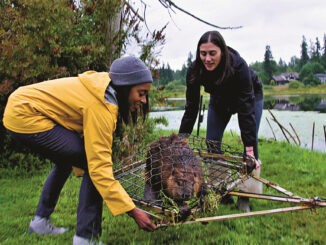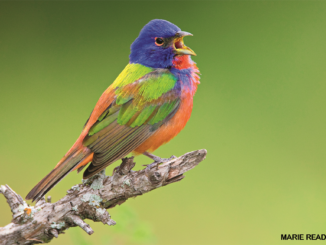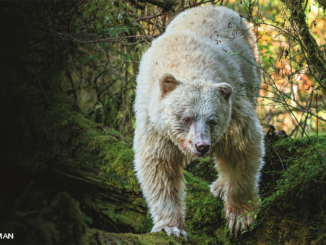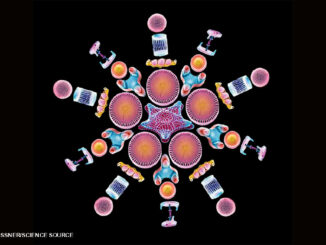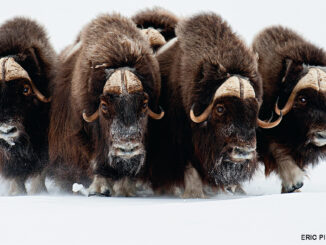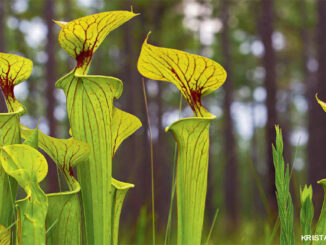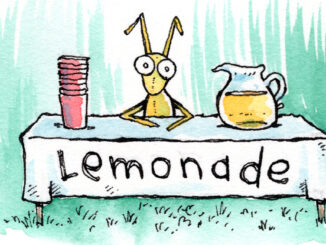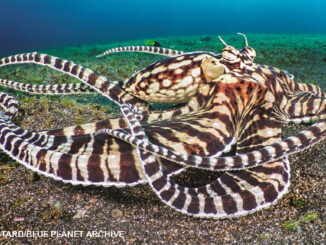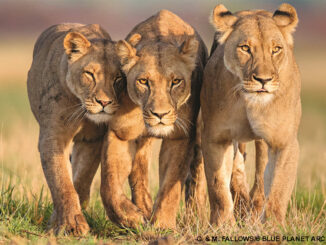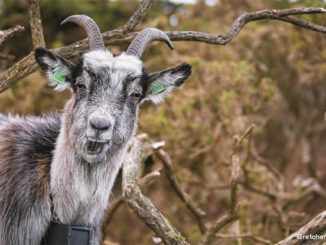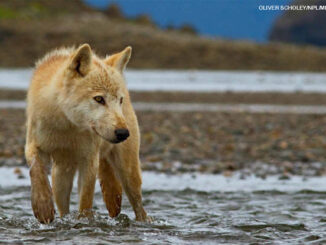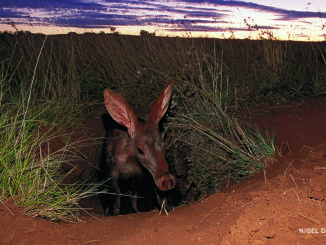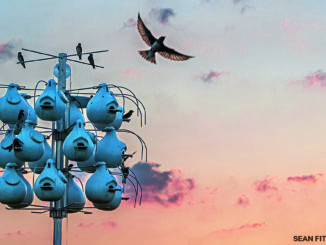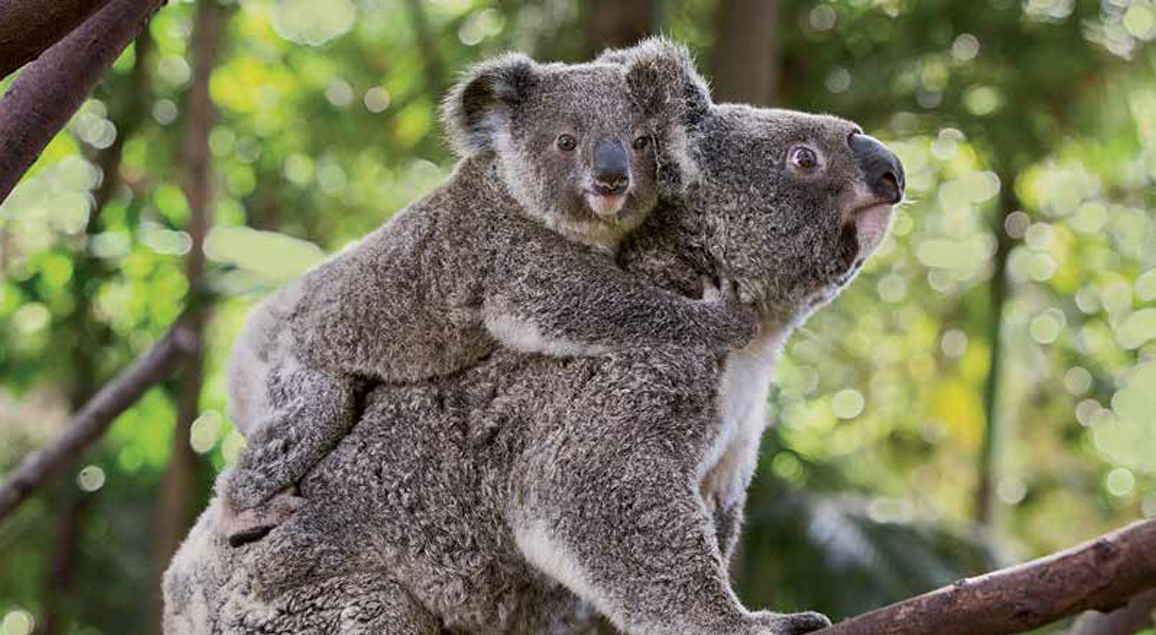
Koala Kid
By Ellen Lambeth; photos by Suzi EszterhasThe only thing cuter than a furry koala is a furry BABY koala! But there’s much more to koalas than cuteness.
Koalas may look like cuddly teddy bears, but bears they are not. Koalas are marsupials (mar-SOO-pee-ulz), mammals that begin their lives in pouches. You may know that a young kangaroo is called a joey. All marsupial babies, including koalas, are joeys, too.
Also, like kangaroos—and most other marsupials—koalas live only on the island country of Australia (see map). And there aren’t nearly as many of them as there once were. More about that later. For now, let’s take a look at a joey’s life, from birth to independence.
At five months old, the barely fuzzy baby above—let’s call him Joe—stretches up from the pouch to greet Mom. After another couple of months, the pouch fit is getting a bit snug.
MOM AND JOEY
When a koala is first born, it’s tiny—about the size of a gummy bear—and helpless. Even so, it manages to find its way into its mother’s pouch. There, it latches on to a nipple and spends the next few months nursing and growing.
At around five to six months of age, the joey starts peeking out at Mom and the world. But it returns to the pouch for safety and comfort—until it gets too big to fit inside. It can’t live in there and drink its mother’s milk forever. It has to learn to eat what all grown koalas eat: the leaves of eucalyptus (yoo-kuh-LIP-tuss) trees.
Eucalyptus leaves might seem like an odd food choice. They are tough to chew and hard to digest, and they’re not very nutritious. They even have poisons in them! But over time, koalas have evolved to eat eucalyptus and little else. They even get most of the water they need from the leaves.
So, how do koalas survive on such a strange diet? They have special bacteria (germs) in their guts that help break down the tough leaves and get rid of the poisons. And koalas sleep up to 20 hours a day! That saves energy while their bodies work extra hard digesting their food.
A joey isn’t born with the “good germs” needed to handle eucalyptus leaves. It has to get them from its mother. How? By eating her poop—sort of. It’s actually called pap. It comes out the same place as poop, but it’s not quite the same thing. Like any baby food, pap is soft and easy to eat. But even more important, it contains the necessary bacteria. Eating pap might sound gross. But it’s the only way a joey can begin a safe eucalyptus diet.
Over the next few months, the joey spends more and more time outside the pouch. It clings to its mother’s front and begins to sample some eucalyptus leaves. As it grows bigger, it rides around more on its mother’s back.
GROWING UP
A joey continues riding its mom piggyback even after it gets quite big. But it also starts testing out its own climbing skills. Good thing the fur on its rump is growing in nice and thick, too. This works as a built-in cushion that helps a koala balance comfortably on a branch or in the crook of a tree.
Before long, the joey will need to move away from home and learn to get by without Mom’s help. That’s especially true if a new little brother or sister is about to pop out of Mom’s pouch. The joey may stick around in its mother’s neighborhood for a while. It won’t be fully grown up until it’s two or three years old. Before then, though, it will look for a new neighborhood to call its own.
If the joey is a female, she will grow up to have a joey of her own every year or two. If the joey is a male, he will try to win over lots of females when he grows up. But female koalas can be very picky. So a young male must practice his bellow, which sounds like a cross between a snore and a long, loud burp. Females can tell how big and strong a male is by his bellow. The bigger and stronger, the better!
Besides bellowing, males also mark their “home trees.” Each male has a scent gland on his chest that oozes out sticky, stinky stuff. He rubs his chest against the trees to wipe his scent there. The scent tells other males to steer clear. It also tells females that he’d make a great mate.
There’s a problem with koalas raising new families and spreading out into new neighborhoods, though. The eucalyptus forests of eastern Australia are becoming smaller and smaller—as well as farther and farther apart.
TROUBLE IN PARADISE
Koalas face tough times. Long ago, people killed millions of them for their thick, woolly coats. Koalas are now protected by law—but their homes aren’t, which is a huge problem. More and more eucalyptus trees are being cut down to make way for farms and towns. And that means the right leaves to eat are getting harder and harder to find. Also, while koalas roam on the ground in search of food, mates, and new places to live, many are hit by cars or attacked by dogs. Koalas get so stressed out dealing with these dangers that they easily become sick from disease.
Many people in Australia are working hard to help koalas. Some rescue koalas that become lost, injured, or ill. Others plant trees. Still others teach the public and the government about how best to save the species.
Every cute, cuddly koala that’s born is precious, of course. But what’s even more precious is a place each koala can call home.
Rangers: We thank Deborah Tabart OAM, CEO of the Australian Koala Foundation (AKF), for her help with this story. For more about koalas, visit AKF online at savethekoala.com. -Ranger Rick
“Koala Kid” originally appeared in the February 2014 issue of Ranger Rick magazine.
(Click on each image above for a closer view of the story.)






